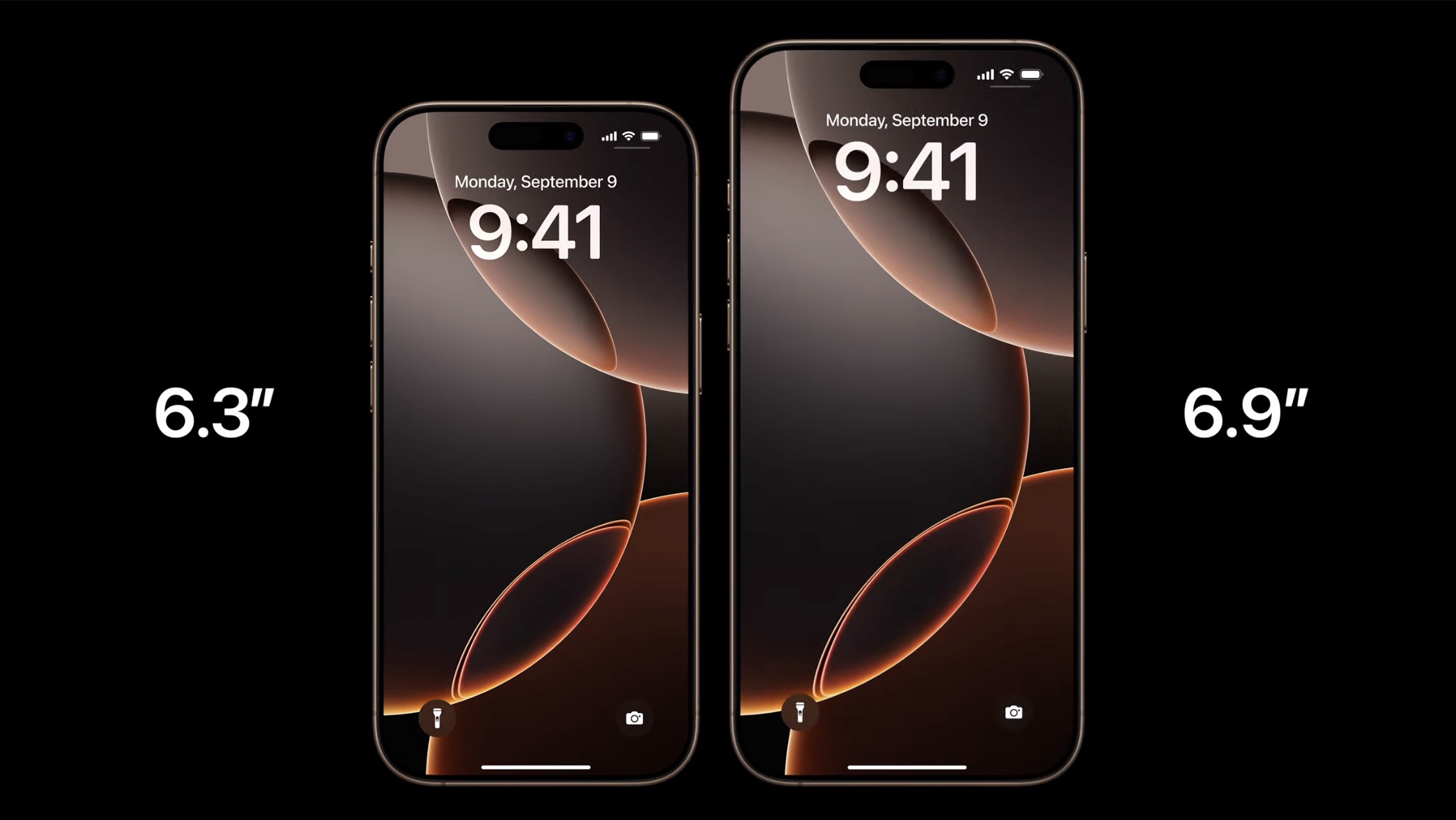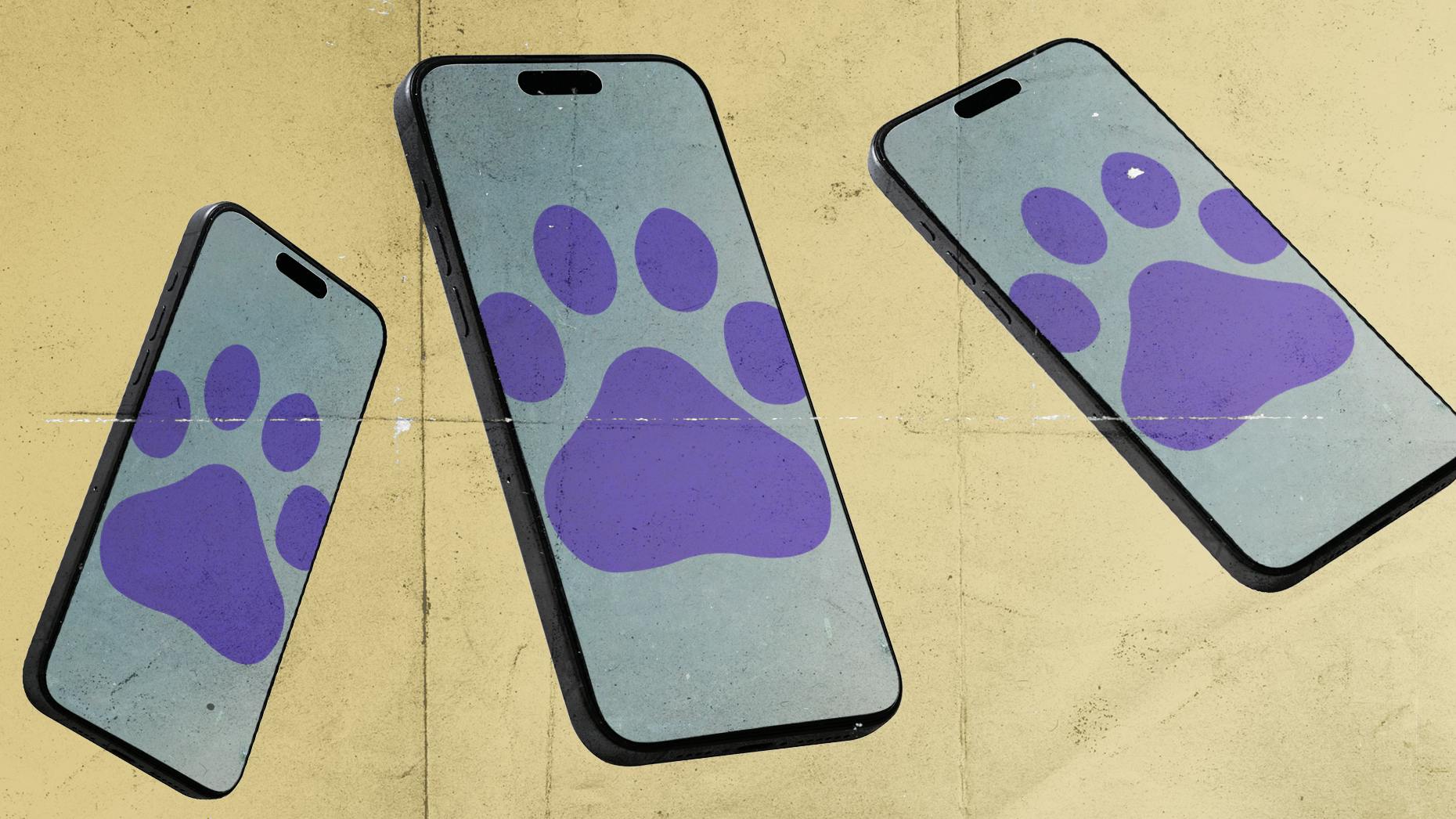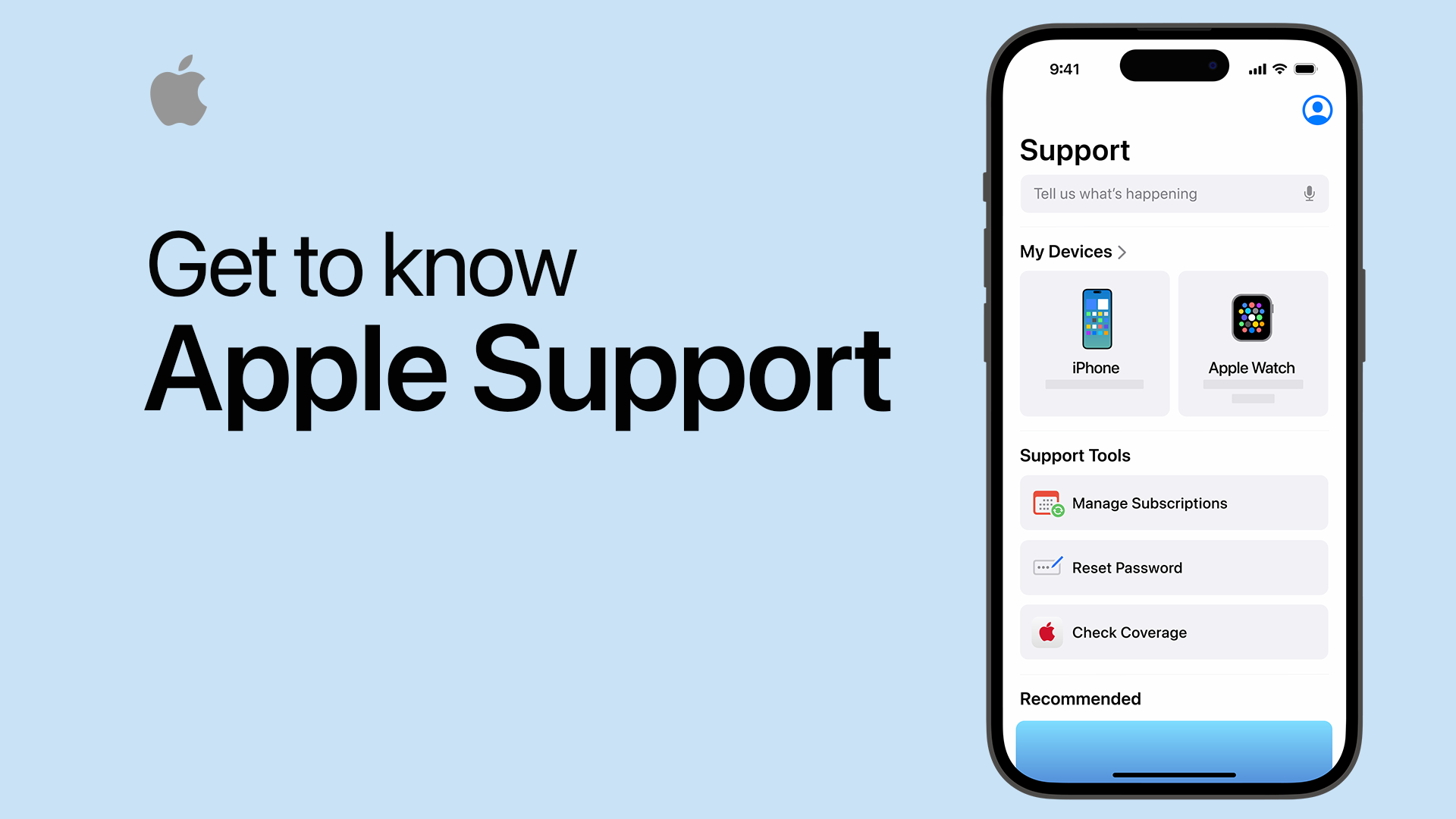
Exploring the AAPL Company – Innovation, Growth, and the iPhone Era
The AAPL Company has become synonymous with innovation, design, and transformative technology in the modern era. As one of the most valuable companies globally, its influence spans across various industries, shaping how consumers interact with technology daily. From the sleek designs of their devices to the visionary leadership that drives the brand, AAPL Company continues to redefine what is possible and inspires a legion of loyal customers.
AAPL Company

The AAPL Company, known primarily for its flagship products like the iPhone, iPad, and MacBook, has evolved significantly since its humble beginnings. Founded by Steve Jobs, Steve Wozniak, and Ronald Wayne in 1976, it started as a computer manufacturer focused on personal computers. However, the vision was far grander. The journey from Apple I to a global tech powerhouse is worth exploring, as it illustrates how innovation and strategic thinking can lead to substantial growth.
Apple’s ability to maintain a competitive advantage hinges on its commitment to research and development. Over the years, the company has consistently allocated a significant portion of its revenue towards RD. This investment has not only fueled the creation of groundbreaking products but also allowed AAPL Company to stay ahead of emerging trends.
Analyzing the company’s structure provides insight into its operational efficiency. Unlike many corporations that have complex hierarchies, AAPL Company fosters a culture of collaboration where teams work closely together. This results in faster decision-making processes and a more streamlined approach to product development. It’s a model that other companies aspire to replicate, demonstrating that innovation thrives in environments that prioritize creativity and teamwork.
The Evolution of AAPL Company
Every successful company has a story, and AAPL Company‘s narrative is steeped in both triumphs and challenges.
The introduction of the Macintosh in the early ’80s laid the foundation for Apple’s reputation for user-friendly computing. However, it wasn’t until the late ’90s that the company truly surged ahead with the launch of the iMac. This colorful all-in-one computer revitalized the brand and attracted a new generation of users.
Steve Jobs’ return to the company marked a turning point. Under his leadership, Apple began diversifying its product line. The introduction of the iPod revolutionized music consumption, leading to the creation of the iTunes Store, which changed how artists distributed their music.
With each product release, AAPL Company did not just sell devices; it created an ecosystem. The integration of hardware and software, illustrated through iOS and macOS, established a seamless experience for users, encouraging brand loyalty and repeated purchases.
Strategic Leadership and Market Positioning
Leadership at AAPL Company has always been pivotal to its success. Post-Jobs, Tim Cook took over as CEO and transformed the company into a global supply chain powerhouse. Under Cook’s stewardship, the focus shifted toward operational excellence and sustainability, enhancing Apple’s image in the eyes of consumers.
Tim Cook’s strategy involved creating a balance between innovation and reliability. While under Jobs, the company thrived on ‘risk-taking’ and creative disruptions, Cook brought a different perspective—one that values steady growth and adaptability. This shift resulted in continuous product innovations while maintaining existing consumer relationships.
In terms of market positioning, AAPL Company stands firm as a premium brand. Its products are priced higher than many competitors, yet they continue to enjoy strong sales. This phenomenon occurs because consumers perceive Apple’s products as superior due to consistent quality and innovative features. Furthermore, the company’s branding strategy emphasizes exclusivity, signaling to consumers that owning an Apple device signifies status and sophistication.
Financial Performance and Market Influence
Financially, AAPL Company is a juggernaut. With consistently high revenue and profit margins, it remains a favorite among investors. The company’s financial health allows it to invest in future technologies, such as artificial intelligence and augmented reality.
The influence of AAPL Company extends beyond its financial success; it sets industry standards that competitors strive to meet. When Apple launches a new product, it often shifts market expectations, prompting rival companies to adapt quickly. For example, the trend of integrating advanced camera systems within smartphones has become commonplace, largely influenced by Apple’s decisions.
Moreover, AAPL Company‘s stock performance reflects its robust business model. Investors view it as a safe bet, contributing to a resilient stock price, even during economic downturns. This financial stability allows the company to explore innovative avenues without fear of immediate repercussions.
iPhone
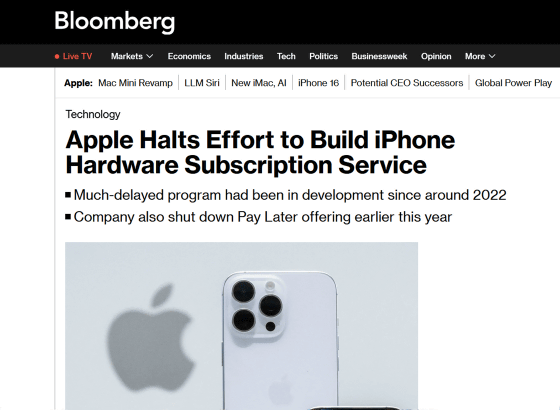
Since its debut in 2007, the iPhone has been a game-changer in the mobile phone industry. More than just a smartphone, the iPhone represents a cultural shift, altering how people communicate, consume media, and access information. Its design, functionality, and the ecosystem built around it have propelled the AAPL Company to unprecedented heights.
The iPhone embodies the spirit of AAPL Company: sleek, intuitive, and powerful. Each new iteration brings enhancements that keep the brand relevant in an ever-evolving technological landscape. The impact of the iPhone transcends mere sales figures; it has fundamentally changed societal norms regarding communication and connectivity.
Design Philosophy and User Experience
One of the cornerstones of the iPhone’s success is its commitment to exceptional design. From the initial model to the latest release, Apple has maintained a design philosophy centered around simplicity and elegance.
The minimalist aesthetic attracts consumers looking for sophistication in technology. Every detail, from button placement to color choices, is meticulously considered. This attention to detail extends into the user interface as well.
User experience is paramount, and Apple excels in creating devices that are not only functional but enjoyable. The intuitive nature of iOS means that users, regardless of their technical skill level, can navigate the system effortlessly. This commitment to usability sets the iPhone apart from competitors, making it a preferred choice for millions worldwide.
Technological Innovations
The iPhone is synonymous with cutting-edge technology. Each generation introduces features that elevate the smartphone experience. Whether it’s the transition from physical buttons to touchscreen displays or the inclusion of advanced facial recognition systems, AAPL Company continuously pushes the envelope.
The introduction of the App Store was a landmark moment in mobile technology. It opened up possibilities for developers and consumers alike, resulting in millions of applications available at users’ fingertips. This ecosystem allows the iPhone to cater to diverse needs, from productivity to entertainment.
Furthermore, advancements in photography through the iPhone highlight Apple’s ability to redefine an industry standard. The incorporation of high-quality cameras encourages users to take photos and videos, impacting social media dynamics and content creation.
Cultural Impact and Brand Loyalty
Culturally, the iPhone has sparked numerous trends. From “selfie culture” to the rise of influencers, the device shapes how we present ourselves digitally. Social media platforms optimized for mobile use owe much of their popularity to the capabilities provided by smartphones like the iPhone.
Brand loyalty associated with the iPhone is remarkable. Consumers who own one iPhone often find themselves continuing to purchase Apple devices. This loyalty stems not only from product satisfaction but also from a sense of belonging to a community. The prestige associated with owning an iPhone enhances its desirability, creating a cycle of continued patronage.
Challenges and Future Directions
Despite its successes, the iPhone faces challenges in a saturated market. Competitors are constantly evolving, introducing low-cost alternatives that appeal to budget-conscious consumers. Additionally, concerns surrounding privacy and data security have emerged as critical topics that affect consumer trust.
Looking forward, AAPL Company must innovate beyond hardware and software. The evolution toward services, such as Apple Music and Apple TV+, indicates a strategic pivot toward recurring revenue streams. By focusing on subscription services, Apple can diversify its income and reduce reliance on hardware sales alone.
Furthermore, incorporating sustainable practices is becoming increasingly vital. As consumers demand eco-friendly options, Apple’s commitment to reducing its carbon footprint will be essential for future growth.
Conclusion
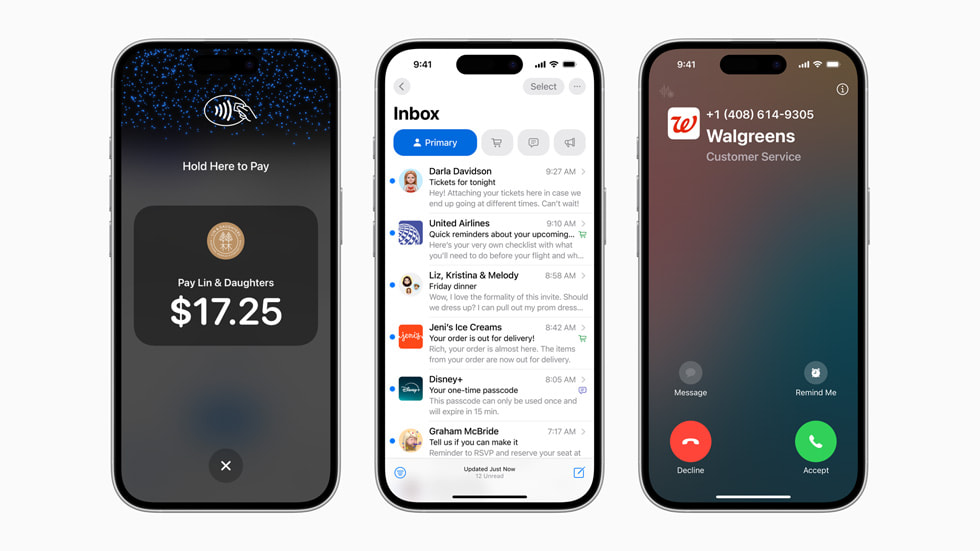
In conclusion, the AAPL Company and its flagship product, the iPhone, have made profound impacts on technology and society. Through relentless innovation, effective leadership, and a focus on design and user experience, Apple has positioned itself as a leader in the tech industry. The journey of the AAPL Company from its inception to its current standing showcases the power of vision and execution.
As we look to the future, the potential for AAPL Company seems limitless. With its commitment to pushing boundaries and adapting to changing landscapes, it is well-equipped to navigate any challenge. The iPhone, now more than ever, serves as a symbol of what innovation can achieve—a tool that connects us, entertains us, and enriches our lives.
The enduring legacy of the AAPL Company lies not just in its products but in the way it has shaped culture, norms, and the very fabric of modern life. As consumers, we eagerly await what’s next from this extraordinary company.
